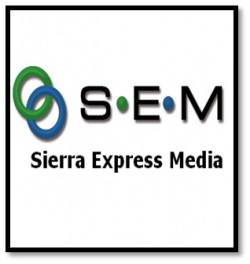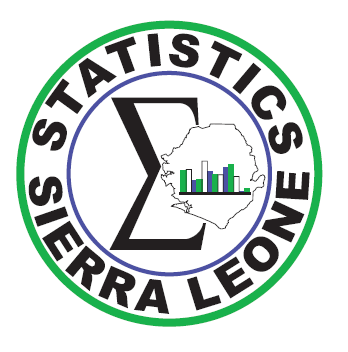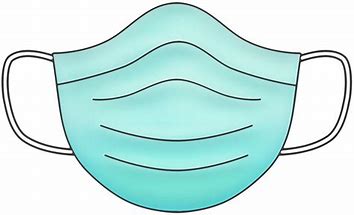Journalists Meet: Writing Headlines
In today’s class, we will look at the essence of HEADLINES – so to say – the print media.
Of course, there is no doubt at all that writing a headline is one of the more difficult tasks of editing jobs.
It takes a high concentration on the materials of the story, the facts, and supporting quotations, to render them quickly into a few short words that will tempt the reader to read on, even though the reporter may have put it into a nutshell point.
Yes, headlines of course draw the attention of the reader into the content of the story.
Some editors have a natural flair for it at first reading of the copy, but headline writing comes mostly with painstaking practice.
The best ones are not necessarily quick off the-top-of-the-head ideas; they can be the result of patient fitting with words on a copy pad after subbing on the screen is completed.
It means, as a sub or editor, it is your professional duty to patiently read the reporter’s script and put same into fewer words to form the headline of the story.
There might be time for discussion in the case of a big story. Many a good headline is a ‘committee job’ in which improvements have been worked on the ideas of others.
Well, because here in Sierra Leone we run tabloids (small) newspapers, it is all the responsibility of editors to shape out headlines of stories to meet readers better understanding of it.
As rightly discussed above, headlines of big stories must be meticulously looked at, refined and purified before used for publication.
Don’t even ask me why? As journalists we all know that the law of contempt, libel-seditious and the rest exists.
Yet there is no room for sloppy, ineffective headline writing on any newspaper if it wants to be taken seriously and the reader’s attention.
It is useful at this point if we have a definition.
We can say that headline has two main functions:
- It draws the attention of the reader to the content of the story.
- It forms part of the visual pattern of the page.
The first function has to do with words. The sub/editor is the synthesizer, filtering the material so that its essence is refined into a simple ‘read me’ message.
Take note of the phrase ‘simple read me message.’ Any headline that is not readable bores readers’ appetite. It makes readers ask “what is it that the writer is talking about?”
This must be achieved without doing damage to the facts by over-simplification or ‘bending’.
In other words, under pressure to achieve a good headline, the sub/editor must guard against distortion.
Good bye see in my next class.
From The Editor’s Desk
Stay with Sierra Express Media, for your trusted place in news!
© 2011, https:. All rights reserved.






